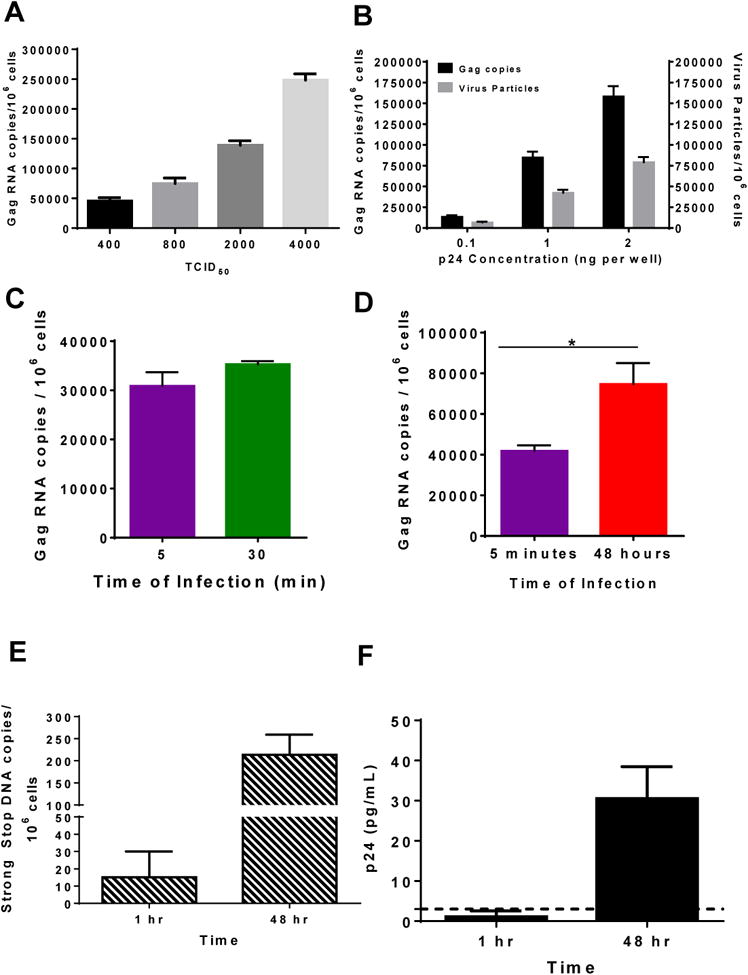Fig 2. Primary HIV-1 is captured by A3R5.7 cells within 5 minutes and is replication competent.

(A, B) Concentration dependent capture of HIV-1 with A3R5 cells. A3R5.7 cells were infected with different amounts of purified primary BaL for 5 minutes at 37° C based on the TCID50 (A) or p24 concentration (B). The amount of gag RNA copies/106 cells (black bar) as well as the equivalent amount of virus particles (gray bar) in (B) was determined assuming that 2 RNA copies are present inside one virus particle. (C) Cells were infected for 5 (purple) or 30 minutes (green) with purified primary BaL. Thirty minutes of infection did not significantly increase the number of viral RNA copies associated with the cells. (D) A3R5.7 cells were infected for 5 minutes (purple), washed, trypsin treated, resuspended in media, and cultured for 48 hours, after which the cells were processed as described above. There was a significant increase in the amount of gag RNA present inside the cells at 48 hours (red) indicating that the virus that was captured by the cells in 5 minutes was replication competent. (E) DNA was extracted and the number of gag DNA copies was determined. Viral DNA was detected at the 1 hour time point with a significant increase in the number of gag DNA copies at 48 hours, demonstrating that the virus particles that entered the cells were replication competent. (F) Supernatants were harvested and p24 concentrations were determined using a p24 ELISA kit (ABL). The data shown are mean ± SEM (*P < 0.01) of at least 3 independent experiments performed in triplicate.
